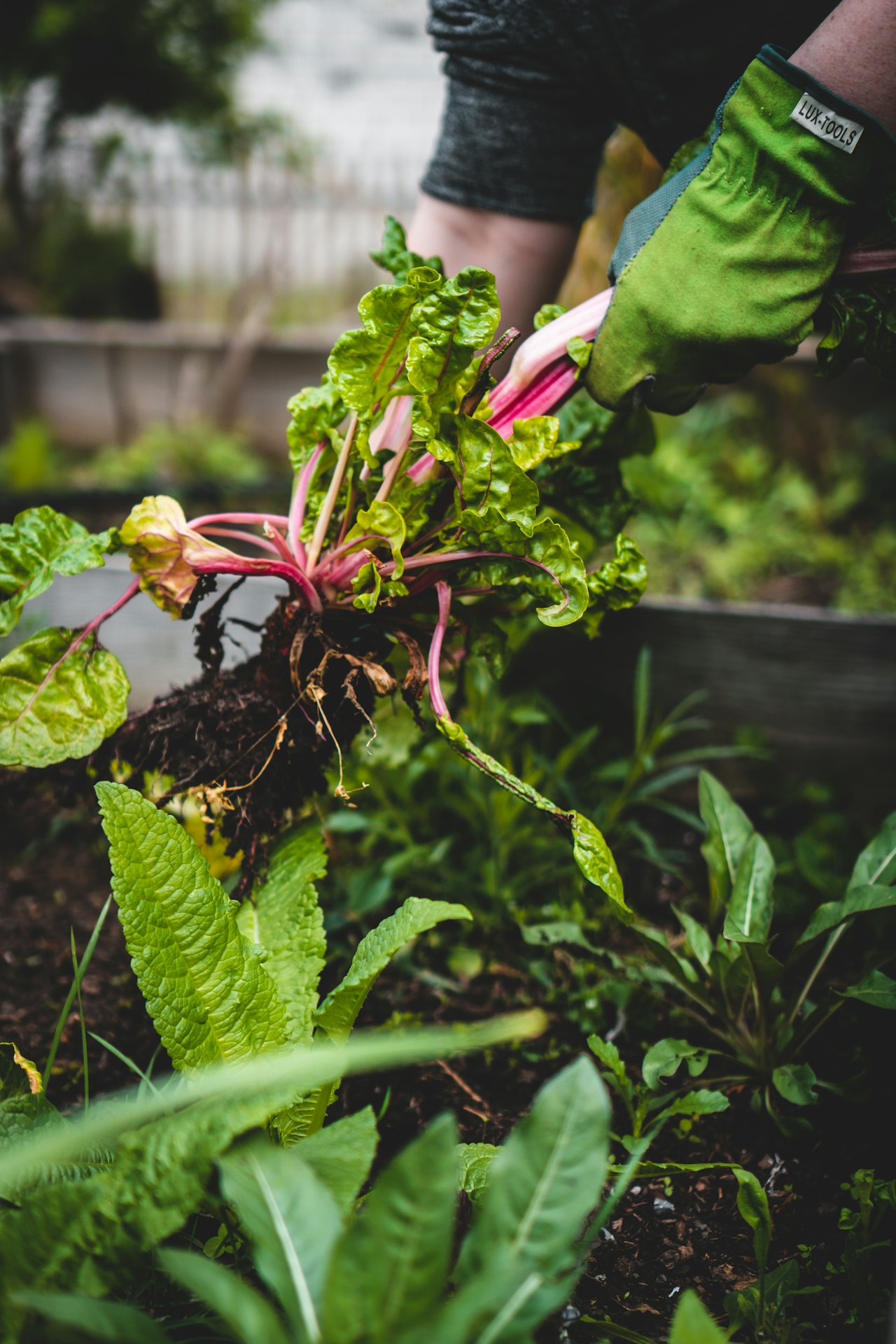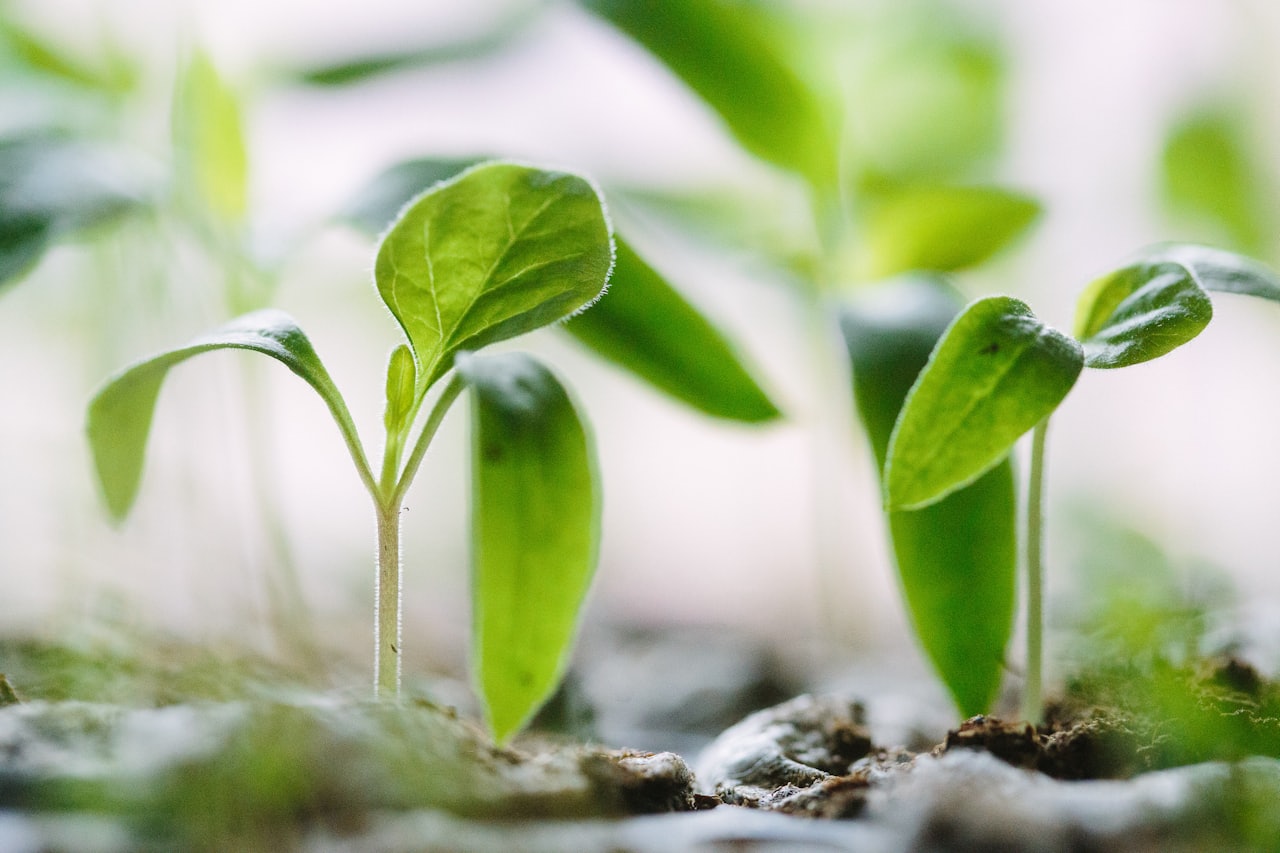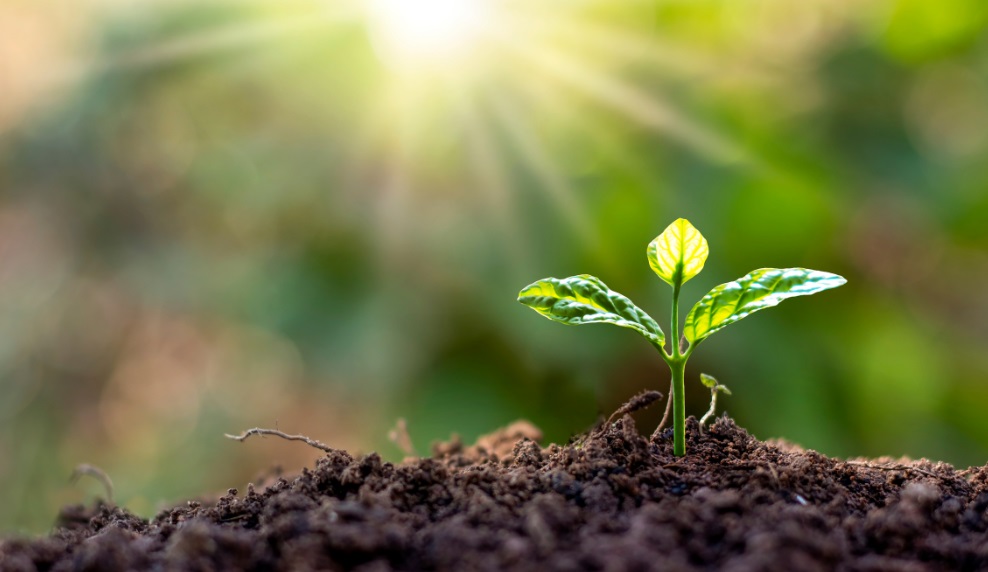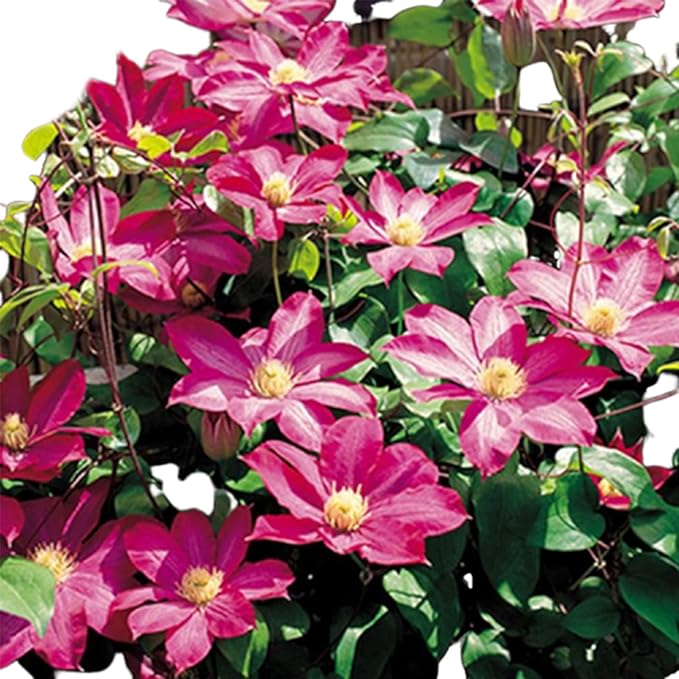Are you tired of staring at your dull lifeless balcony? With little effort and creativity you can turn that mundane space. Transform it into a vibrant garden paradise! Whether you’re novice or on budget, here are some hands-on affordable tips. Start your balcony gardening journey today.

1. Plan Your Space
Before you start planting take moment to plan your space. Consider size of your balcony. Take note of amount of sunlight it receives. This will help you choose right plants. It will also help with layout. Measure dimensions. Sketch simple design. Note where you want to place your plants. Also consider seating. And any other features.
2. Choose the Right Containers
Containers are essential for balcony gardening. They come in various sizes shapes. They also come in various materials. For budget-friendly option consider using recycled containers. Old buckets. Crates or even repurposed furniture can work well. Ensure your containers have proper drainage holes to prevent waterlogging.
Are you looking for pots?
3. Select Easy-to-Grow Plants
As beginner opt for plants that are easy to grow and maintain. Here are some suggestions.
- Herbs Basil is perfect for small spaces. Mint and parsley are excellent choices. Chives can also be used in your cooking.
- Flowers Marigolds and petunias add splash of color. Geraniums are relatively low-maintenance.
- Vegetables Tomatoes, lettuce and radishes are great for beginners. They also provide fresh produce.
- Succulents these hardy plants require minimal care. They are ideal for sunny balconies.
Look at this potato cultivation?
4. Vertical Gardening
Maximize your space by growing plants vertically. Use wall-mounted planters. Hanging baskets. Even DIY pallet garden. Vertical gardening not only saves space but also creates lush green backdrop for your balcony.
I found a nice Ampel and a little splash.
5. Create a Cozy Seating Area
Transform your balcony into relaxing oasis by adding cozy seating area. Look for compact furniture. Make sure it fits your space. Consider foldable chairs. Tables can be easily stored when not in use. These are also good options. Add cushions and throws for extra comfort. They will also enhance style.
6. Add Decorative Elements
Enhance the ambiance of your balcony garden with decorative elements. Here are some ideas.
- String Lights: Add a magical touch. Use fairy lights or lanterns.
- Outdoor Rug: Define your seating area with colorful weather-resistant rug.
- Wind Chimes: Bring soothing sounds with wind chimes.
- Garden Art: Personalize your space. Use small sculptures, birdhouses or painted rocks.
7. Practice Good Plant Care
Ensure plants thrive by practicing good plant care Here are some basic tips
- Watering: Water plants regularly. Be careful not to overwater. Most plants prefer soil to be slightly dry between waterings.
- Fertilizing: Use balanced fertilizer to provide essential nutrients. Follow instructions on package for best results.
- Pruning: Trim dead or yellowing leaves. This keeps plants healthy It encourages new growth.
- Pest Control: Keep an eye out for pests. Treat them promptly with natural remedies. For example neem oil or insecticidal soap.
8. DIY Plant Stands
Create your own plant stands. Elevate greenery and add visual interest. Use wooden crates. Cinder blocks or even old ladders. Paint them bright colors to match decor. Protect them from elements.
9. Grow a Mini Herb Garden
Herbs are perfect for small spaces. They add fresh flavors to meals. Plant variety of herbs in single container. Alternatively use tiered planter to save space. Place them near kitchen door. This ensures easy access.
10. Enjoy Your Green Oasis
Finally take time to enjoy your green oasis. Spend your mornings sipping coffee surrounded by plants. Unwind in the evening with a good book. Your transformed balcony garden is not just a beautiful space. It’s peaceful retreat from the hustle and bustle of daily life.
By following these easy and affordable tips you can transform your boring balcony to become a garden paradise.
Also read my blogg post: ”10 short tips for pre-cultivating flowers and vegetables” if you looking for more useful tips <3
Happy gardening!


